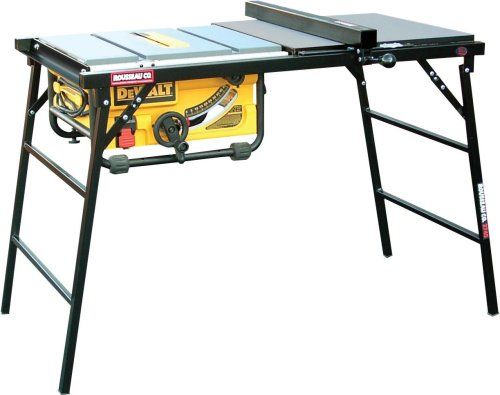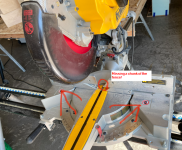Birdhunter said:Snip.
It’s odd, but the safety feature has made me even more careful. I don’t want to cause it to trip.
In the early days of the SawStop technology, some anti-SawStop folks pointed to the habit of "overconfidence and carelessness" once the owner was accustomed to the safety feature as the reason why the saw was not a good idea because other machines in the shop did not have the same technology.
Each SawStop activation can be pretty expensive depending what kind of blade you have in the saw. For me, $250 Cdn, give or take. Almost 8 years later, I still have the original cartridge in the saw, despite it being the most used machine in my shop.






